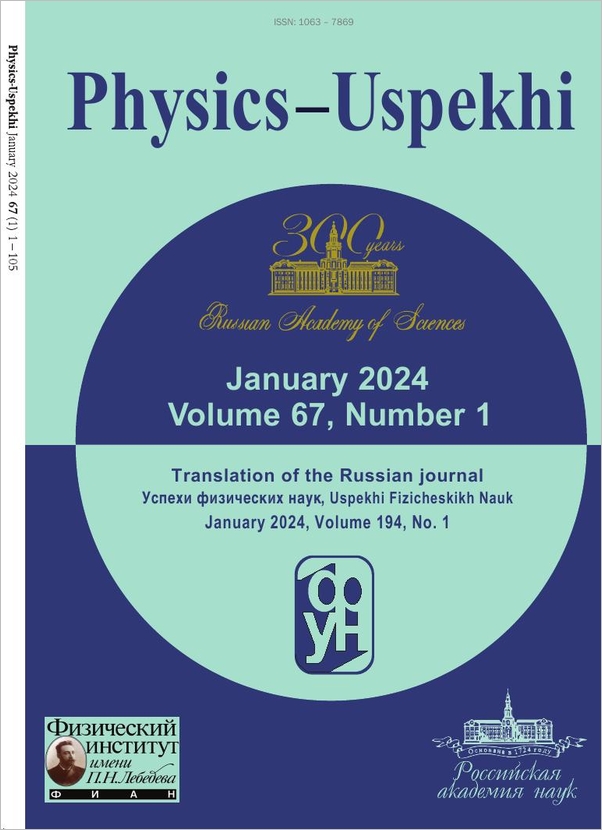|
This article is cited in 13 scientific papers (total in 13 papers)
CONFERENCES AND SYMPOSIA
Understanding surface states of topological insulators
O. A. Pankratov
University of Erlangen-Nürnberg
Abstract:
Topological electron states were theoretically predicted by B A Volkov and O A Pankratov in 1985 as interface states in an inverted contact between IV–VI semiconductors with their bands mutually inverted. As became clear later, the ‘inverted’ SnTe semiconductor is a topological insulator, and the inverted contact is an example of a topologically nontrivial interface. This paper discusses the key results of Volkov and Pankratov's 1985 work and examines the usefulness of the inverted contact model for explaining the close link between the topologically nontrivial bulk band structure and topological surface states. An advantage of the model for getting a deeper insight into this link is that it allows an analytical solution. An inhomogeneous semiconductor structure is described by an effective Dirac Hamiltonian, which was obtained analytically from a tight binding model for the band structure of IV–VI materials. This allows one to trace the relation between topological surface states and bands in the bulk. As a result, the spin texture of a topological state can be expressed explicitly in terms of the bulk characteristics. It turns out that the spin texture can be controlled by varying the surface band bending. Given the nontrivial spin polarization on the surface, it is interesting to take a look at the Ruderman–Kittel–Kasuya–Yosida. (RKKY) interaction between magnetic adatoms, which can serve to probe the spin distribution locally. This interaction shows a much more complex structure than the common RKKY coupling in a nonpolarized Fermi gas. The analytical theory provides an explicit relation between the RKKY interaction on the surface of a topological insulator and the parameters of the bulk spectrum.
Accepted: December 13, 2017
Citation:
O. A. Pankratov, “Understanding surface states of topological insulators”, UFN, 188:11 (2018), 1226–1237; Phys. Usp., 61:11 (2018), 1116–1126
Linking options:
https://www.mathnet.ru/eng/ufn6194 https://www.mathnet.ru/eng/ufn/v188/i11/p1226
|


| Statistics & downloads: |
| Abstract page: | 379 | | Full-text PDF : | 96 | | References: | 56 | | First page: | 11 |
|





 Contact us:
Contact us: Terms of Use
Terms of Use
 Registration to the website
Registration to the website Logotypes
Logotypes








 Citation in format
Citation in format 
